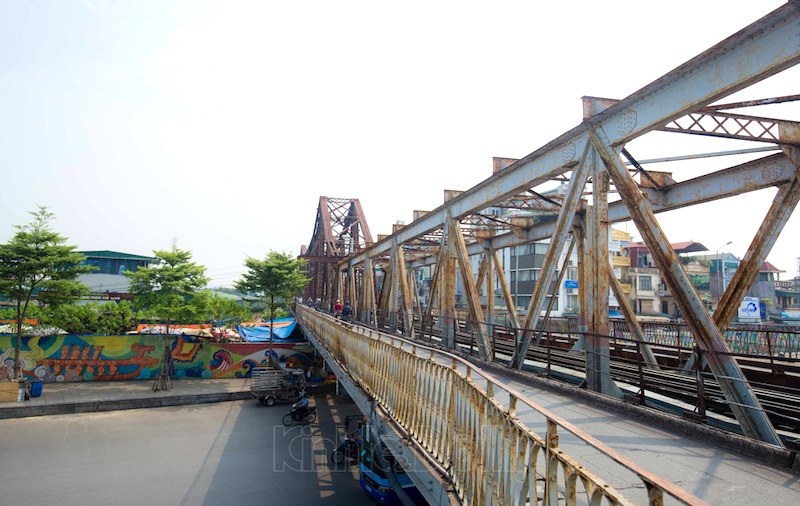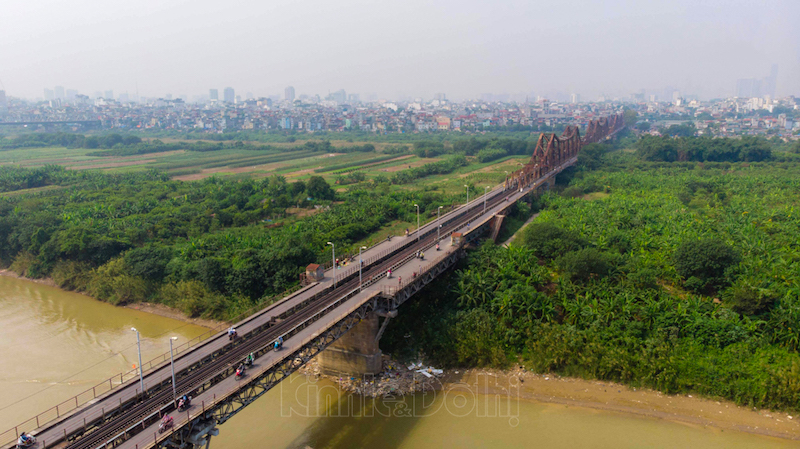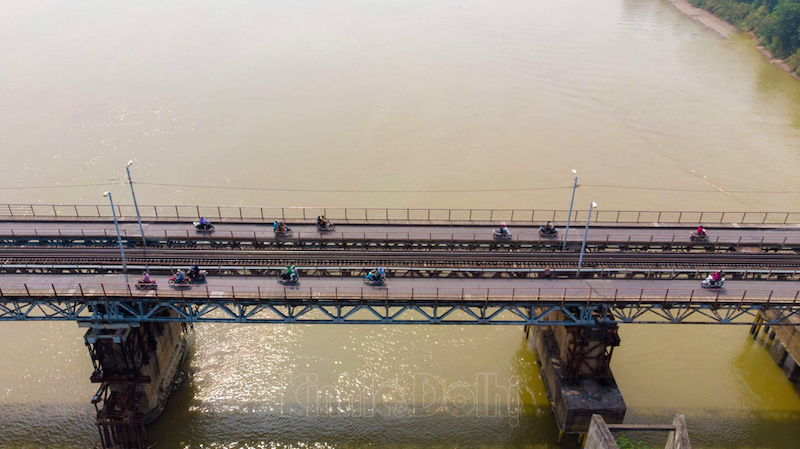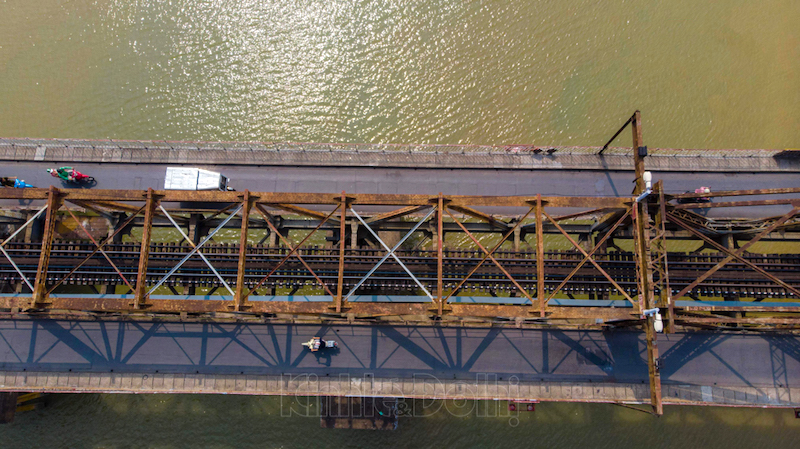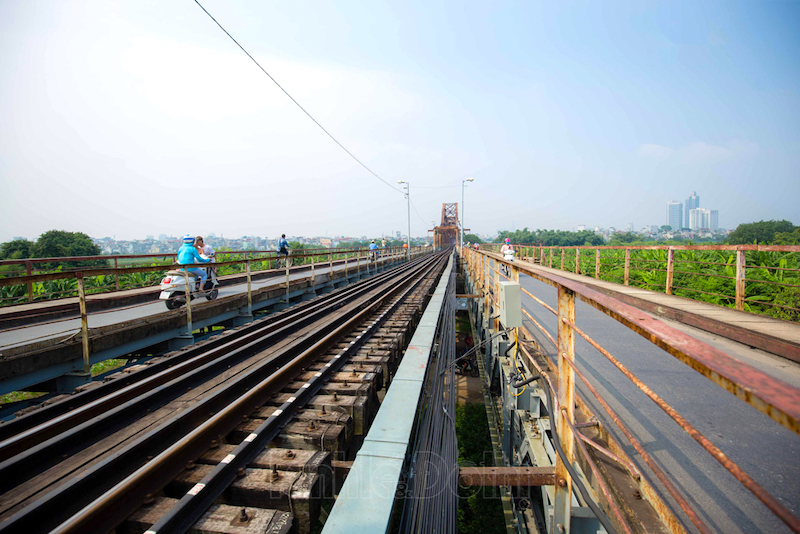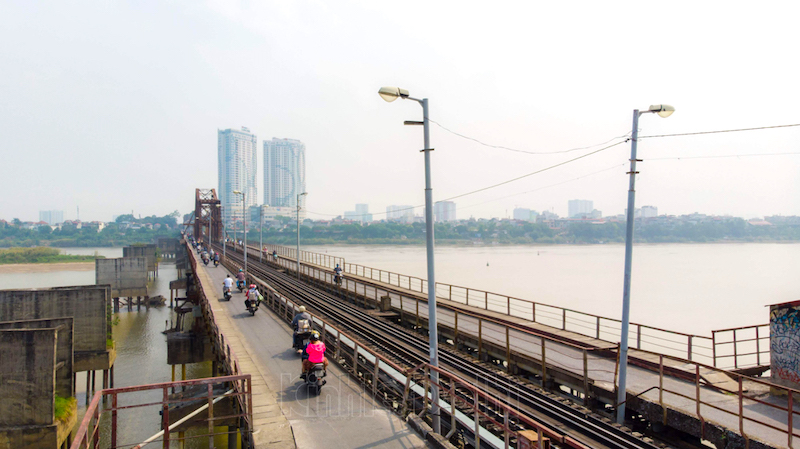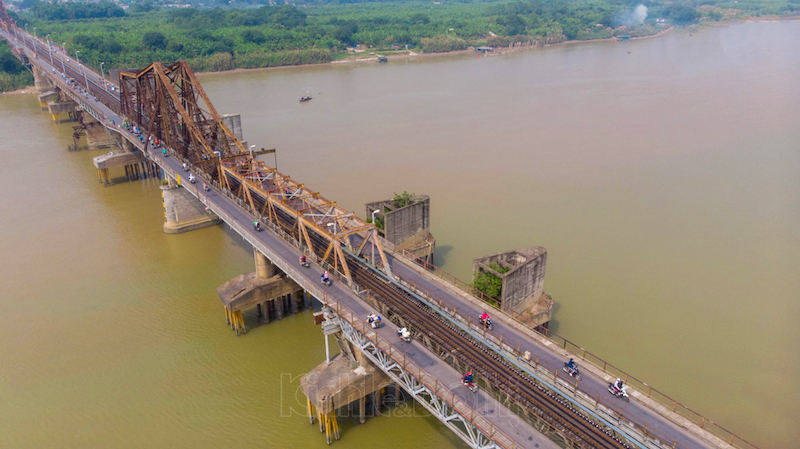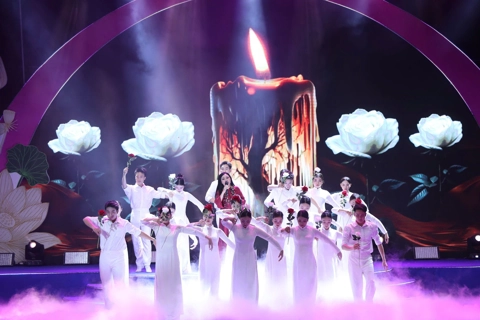With a history of over 100 years, Long Bien bridge is a historical evidence and a symbol of the capital city and now a tourist destination.
|
| Construction of Long Bien bridge lasted between 1898 and 1902. Measuring 2,290 meters, the bridge crosses the Red River in its narrowest section running through Hanoi. It includes 19 long steel girder spans placed on 20 high-profile pillars with unique architecture. The ramp measures 896 meters. |
|
| This is the first steel bridge to cross the Red River. |
|
| Besides, Long Bien bridge is also considered an important historical evidence that witnessed the ups and downs of Hanoi through the wars against the French and the US. |
|
| Through the historical upheavals, along with Thap But – Ngoc Son temple complex and One Pillar Pagoda, Long Bien bridge has become one of the symbols of Hanoi. |
|
| By the time its construction was finished, Long Bien was the second longest bridge in the world after the Brooklyn Bridge in the US, even called the horizontal Eiffel Tower of Hanoi. |
|
| On October 25, 2013, the Hanoi People's Committee issued a proposal to study the renovation of the bridge, including building a railway bridge at the site of the current Long Bien bridge and moving the old structure 85m upstream. |
|
| The three proposed plans to renovate Long Bien bridge have ignited many debates and diverging opinions among local authorities, insiders, historians and architects locally and abroad. |
|
| It is not only a traffic work but also a meaningful historical and symbolic witness to the resilience of Hanoi through the dramatic changes of this city. |
Photo: Ngoc Tu (Kinh te & Do thi)

